Attribution Modeling 101: Track What Really Drives Conversions
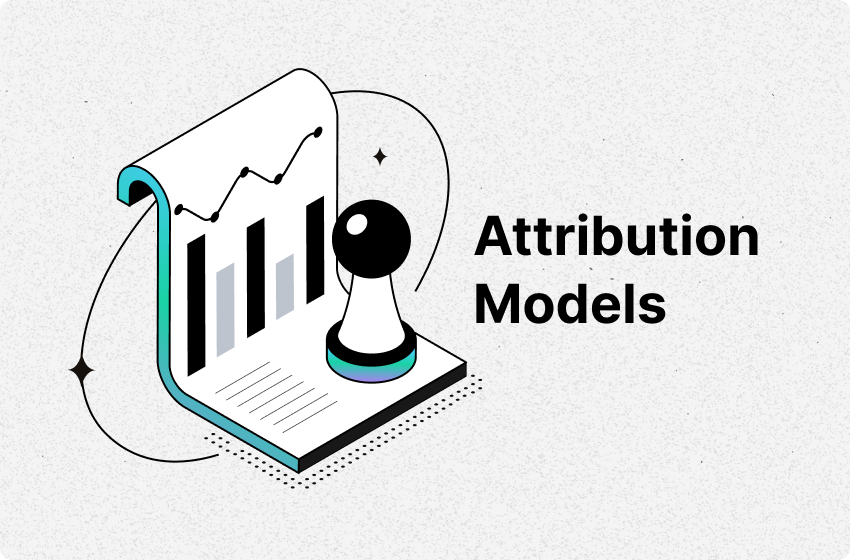
In today's complex digital landscape, understanding which marketing touchpoints are truly driving conversions is crucial for optimizing your strategies and maximizing your return on investment. This is where attribution modeling comes into play. But what is an attribution model exactly?
What is Attribution Modeling?
Attribution modeling is the process of determining which marketing touchpoints (like ads, emails, or social media) should get credit for a conversion, such as a sale or sign-up.
It helps businesses understand which channels or actions influenced a customer's decision, so they can optimize their marketing strategy and spend more effectively.
What is the Purpose of Attribution Modeling?
The primary purpose of attribution modeling is to gain a deeper understanding of the effectiveness of different marketing channels. By accurately attributing conversions, businesses can:
- Optimize marketing spend: Identify which channels are delivering the best results and allocate budget accordingly, reducing waste on underperforming channels.
- Improve campaign performance: Understand which touchpoints within a campaign are most influential, allowing for refinement and better targeting.
- Enhance customer experience: Gain insights into the customer journey, leading to more personalized and relevant interactions.
- Measure ROI accurately: Get a clearer picture of the return on investment for each marketing channel and campaign.
- Make data-driven decisions: Base marketing strategies on concrete data rather than assumptions.
Ultimately, effective attribution modeling empowers marketers to make smarter decisions that drive growth and improve overall marketing efficiency.
Types of Attribution Modeling
Understanding the different types of attribution modeling is essential for accurately evaluating the performance of your marketing channels. Each attribution model assigns credit to touchpoints in a unique way, helping marketers answer the key question: which interactions truly influence conversions?
Here are the most common types of attribution models used in digital marketing:
1. First-Touch Attribution
The first-click or first-touch attribution model gives 100% credit to the very first interaction a customer has with your brand. It's ideal for measuring brand awareness but doesn’t reflect the full buyer journey.
2. Last-Touch Attribution
As the opposite of first-touch, the last touch attribution model gives all credit to the final interaction before the conversion. It’s simple to implement but often overlooks early-stage marketing efforts.
3. Linear Attribution Model
The linear attribution model distributes credit equally across all touchpoints in the customer journey. It’s useful when every interaction plays a consistent role in driving conversions.
4. Time-Decay Attribution
The time decay attribution model assigns more credit to touchpoints that happen closer to the point of conversion. It’s helpful for long sales cycles where later-stage interactions are more influential.
5. Position-Based (U-Shaped) Attribution
This U-shaped attribution model gives 40% credit to both the first and last touchpoints and splits the remaining 20% among the middle interactions. It's a balanced approach, especially in multi-step funnels.
6. Multi-Touch Attribution Model
The multi-touch attribution model recognizes the entire journey by giving value to every interaction—early, middle, and late. While it offers the most comprehensive view, it requires advanced tracking and data analysis.
Choosing the right marketing attribution model depends on your business goals, customer journey complexity, and the tools you have in place.
Challenges of Attribution Modeling
Implementing and leveraging attribution modeling effectively isn't without its challenges:
- Data silos: Marketing data often resides in different platforms (e.g., CRM, advertising platforms, website analytics), making it difficult to get a unified view of the customer journey.
- Cross-device tracking: Customers interact with brands across multiple devices, making it challenging to accurately track their journey as a single user.
- Offline conversions: Attributing offline conversions (e.g., in-store purchases) to online marketing efforts can be complex.
- Model complexity: Choosing and implementing the right model, especially data-driven models, can be technically challenging.
- Data accuracy and completeness: The accuracy of attribution insights heavily relies on the quality and completeness of the underlying data.
- Customer privacy concerns: Regulations like GDPR and CCPA require careful consideration of customer data privacy when implementing tracking and attribution.
Overcoming these challenges requires a strategic approach, the right tools, and a commitment to data integration and accuracy.
Attribution Modeling Tools
For Shopify businesses aiming to optimize marketing spend through precise attribution modeling, TrueProfit emerges as a top-tier solution.
Purpose-built for eCommerce, TrueProfit is a net profit analytics platform that offers key features to monitor attribution modeling such as:
- Last-Clicked Purchases: Accurately attributes sales to the final touchpoint for smarter scaling decisions.
- Assisted Purchases: Highlights ads that support conversions but often go uncredited.
- Net Profit on Ad Spend: Goes beyond ROAS to focus on true profitability.
- Cross-Channel Attribution: Tracks the entire customer journey across multiple platforms.
With TrueProfit marketing attribution features, brands gain deeper insight into what drives conversions, enabling them to build more effective ad funnels and scale profitably with confidence.
Final Thoughts
Attribution modeling are powerful tools that can help you optimize your marketing strategy and increase your ROI. By using the right model for your goals, you can gain valuable insights into how your customers interact with your brand and what influences their purchase decisions.
Now that you know the basics of attribution models, it’s time to put them into practice. Start by analyzing your current data and choosing a model that suits your needs. You can also experiment with different models and compare the results to see what works best for you.
Remember, there is no one-size-fits-all solution when it comes to attribution models. Find the one that matches your business objectives and customer behavior!
Irene Le is the Content Manager at TrueProfit, specializing in crafting insightful, data-driven content to help eCommerce merchants scale profitably. With over 5 years of experience in content creation and growth strategy for the eCommerce industry, she is dedicated to producing high-value, actionable content that empowers merchants to make informed financial decisions.





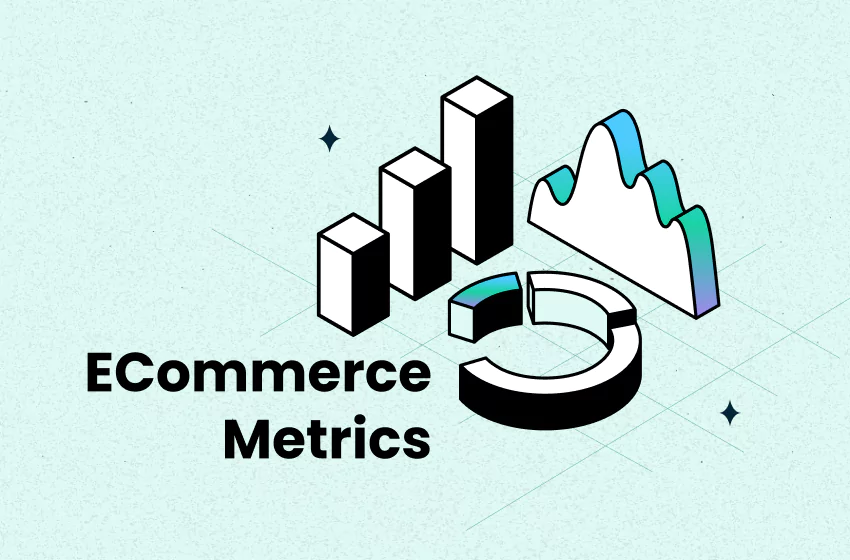
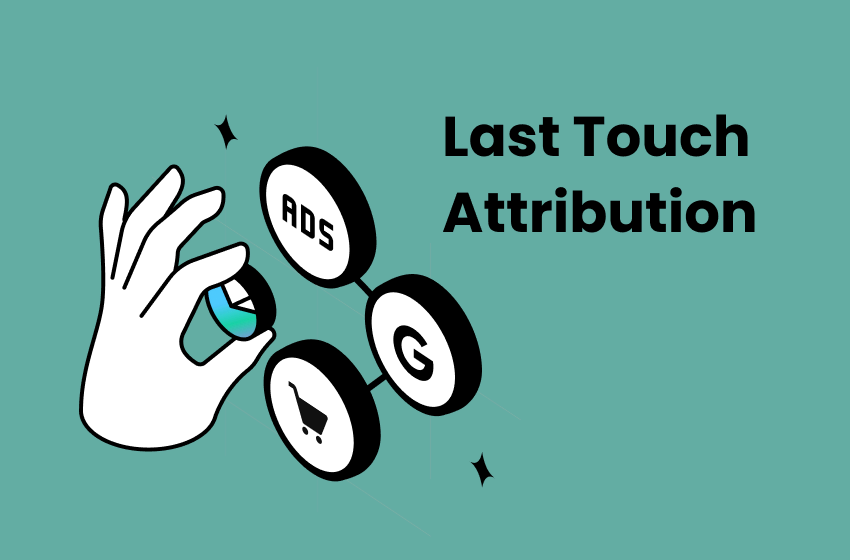

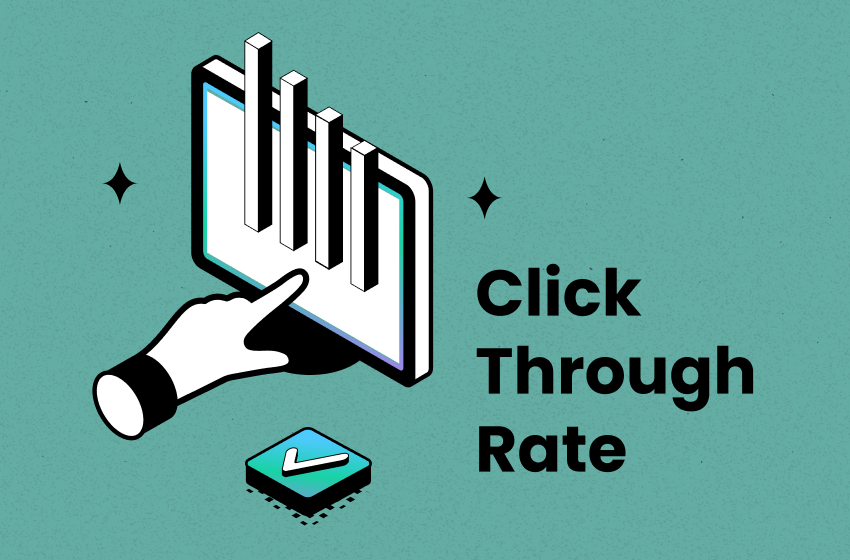
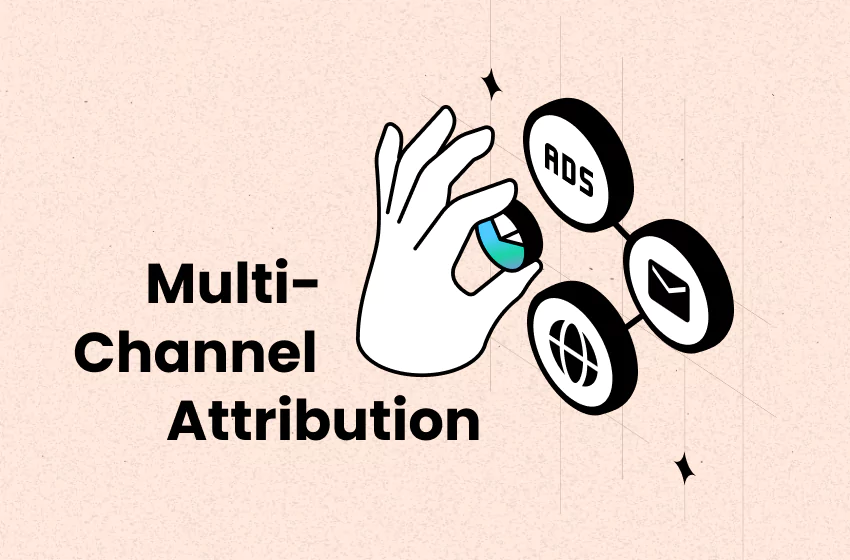
![Multi-Touch Attribution and Models: A Complete Guide [2025]](https://be.trueprofit.io/uploads/Multi-Touch-Attribution.png)

 Shopify profits
Shopify profits



